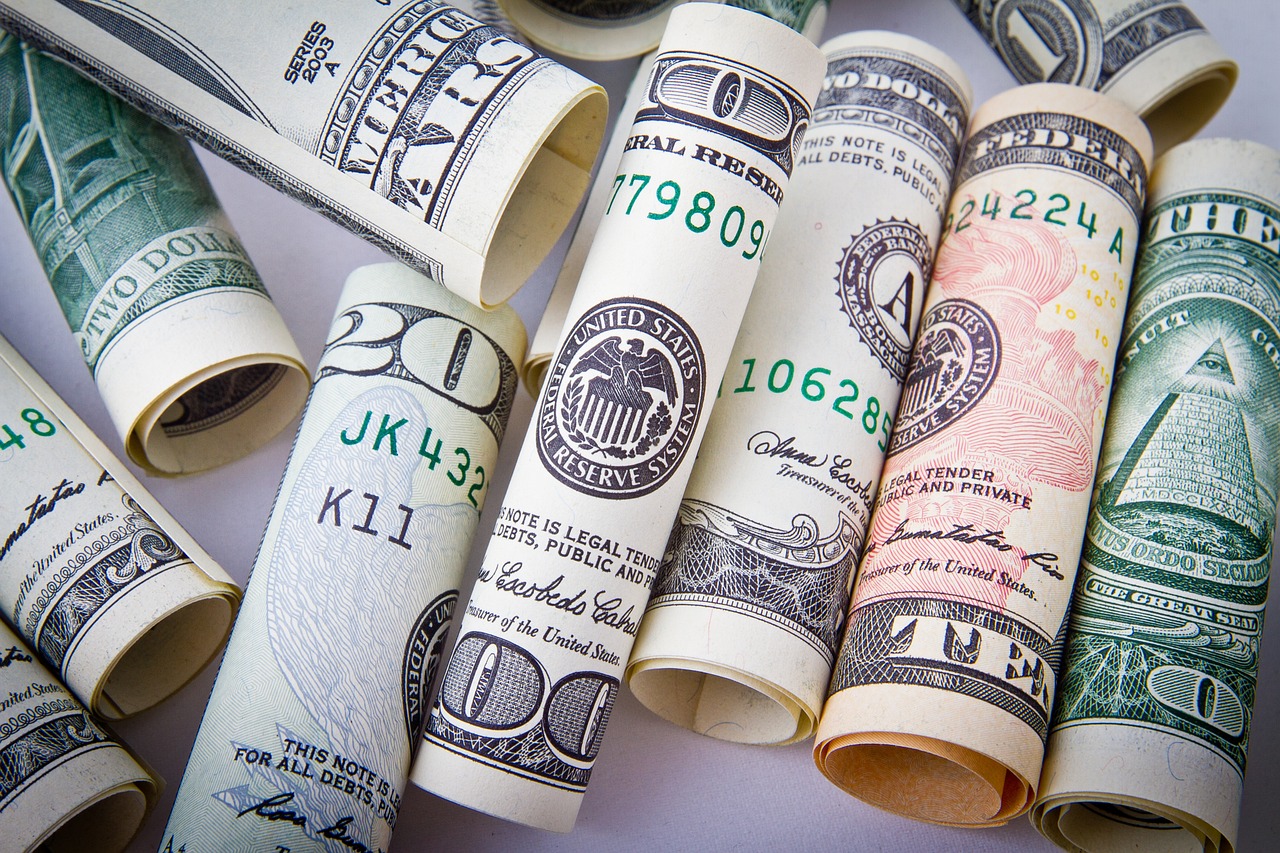Private equity payouts and dividend recapitalizations are two of the most important financial instruments in the investment world. But how do they interact with each other? In this blog post, we’ll explore how private equity payouts influence dividend recapitalizations, and whether a higher rate is really the answer. We’ll look at the factors that affect private equity payouts, their impact on dividend recapitalizations, and why it’s important to have a good understanding of these dynamics before investing in private equity funds. By the end of this article, you should have a better understanding of how private equity payouts can influence your investments and help you make more informed decisions.
What is a dividend recapitalization?
A dividend recapitalization is a type of corporate finance transaction in which a company raises new equity capital from investors and uses the proceeds to pay a dividend to its shareholders. The new equity can be used to finance other corporate activities such as acquisitions or share buybacks.
Dividend recaps can be an attractive option for companies that have strong cash flow but are unable to access the debt markets for financing. They can also be used by private equity firms to return capital to their investors without having to sell their portfolio companies.
However, dividend recaps can also be risky. If a company does not have enough cash flow to cover the dividend payments, it may need to take on debt or sell assets to raise the necessary funds. This can increase leverage and make the company less stable.
How do private equity payouts influence dividend recapitalizations?
It is no secret that private equity firms are looking to cash out on their investments, and one of the most popular methods for doing so is through a dividend recapitalization. In a dividend recap, the firm will take on additional debt in order to pay out a large dividend to the shareholders, typically the private equity firm itself. This increased debt load can be dangerous for the company if not managed properly, but it can also provide a much needed influx of cash for the shareholders.
While some may argue that private equity firms are simply looking to maximize their own profits, it is important to remember that these firms typically invest in companies that are struggling and in need of a turnaround. By providing a dividend recap, the private equity firm is giving the company an infusion of cash that can be used to invest in new growth opportunities or pay down existing debt. In many cases, this cash injection is what allows the company to avoid bankruptcy and continue operating.
There are two primary ways that private equity firms can structure a dividend recap: they can either pay out a higher rate or they can extend the life of the loan. Typically, private equity firms will choose to pay out a higher rate in order to maximize their own profits, but there are instances where extending the life of the loan may be more beneficial for the company. It is important to remember that each situation is different and there is no one-size-fits-all solution when it comes to dividend recapitalizations.
When
The pros and cons of a higher rate for private equity payouts
A higher rate for private equity payouts may incentivize firms to avoid dividend recapitalizations, which can be costly. Dividend recapitalizations can increase a firm’s leverage and debt-to-equity ratio, and can also result in a loss of control for the firm’s management.
A higher rate for private equity payouts may also encourage firms to take on more risk. This is because firms may be more likely to invest in risky ventures in order to earn a higher return on their investment.
Ultimately, whether or not a higher rate for private equity payouts is beneficial depends on the individual firm’s circumstances. Some firms may find that a higher rate encourages them to take on more risk, while others may avoid dividend recapitalizations altogether. It is important for each firm to carefully consider its own situation before making a decision about whether or not to accept a higher rate for private equity payouts.
What are the alternatives to a higher rate for private equity payouts?
As the debate around private equity payouts and their impact on dividend recapitalizations continues, it is important to consider all of the alternatives to a higher rate for these payouts.Private equity firms have a few different options when it comes to paying out their investors, and each has its own advantages and disadvantages. A higher rate for private equity payouts is not the only option available, and it may not be the best option for all firms.
One alternative to a higher rate for private equity payouts is a lower rate. This could be advantageous for firms that are struggling to meet their payout obligations or that are worried about the negative publicity that can come with high rates. A lower rate could also be attractive to firms that want to reinvest more of their profits back into the business.
Another alternative is to change the structure of the payout, such as by moving from a quarterly to an annual payout or by increasing the size of the upfront payment while reducing or eliminating the distribution at the end of the investment period. This could be beneficial for firms that want to reduce their administrative costs or that want to avoid potential issues with tax liabilities.
Finally, private equity firms could also consider paying out their investors in different ways, such as through stock or other securities rather than cash. This could be advantageous for firms that want to provide their investors with more liquid assets or that want to avoid some of the risks associated with holding large amounts of cash.
Conclusion
In conclusion, it is clear that private equity payouts can significantly influence dividend recapitalizations. Although they may be able to provide higher returns in the short term, investors should take into account the long-term implications of these decisions when making an investment decision. The appropriate payout rate will depend on various factors such as investor goals and risk tolerance. Ultimately, understanding how these payments work and their potential impacts is key for any successful dividend recapitalization strategy going forward.










